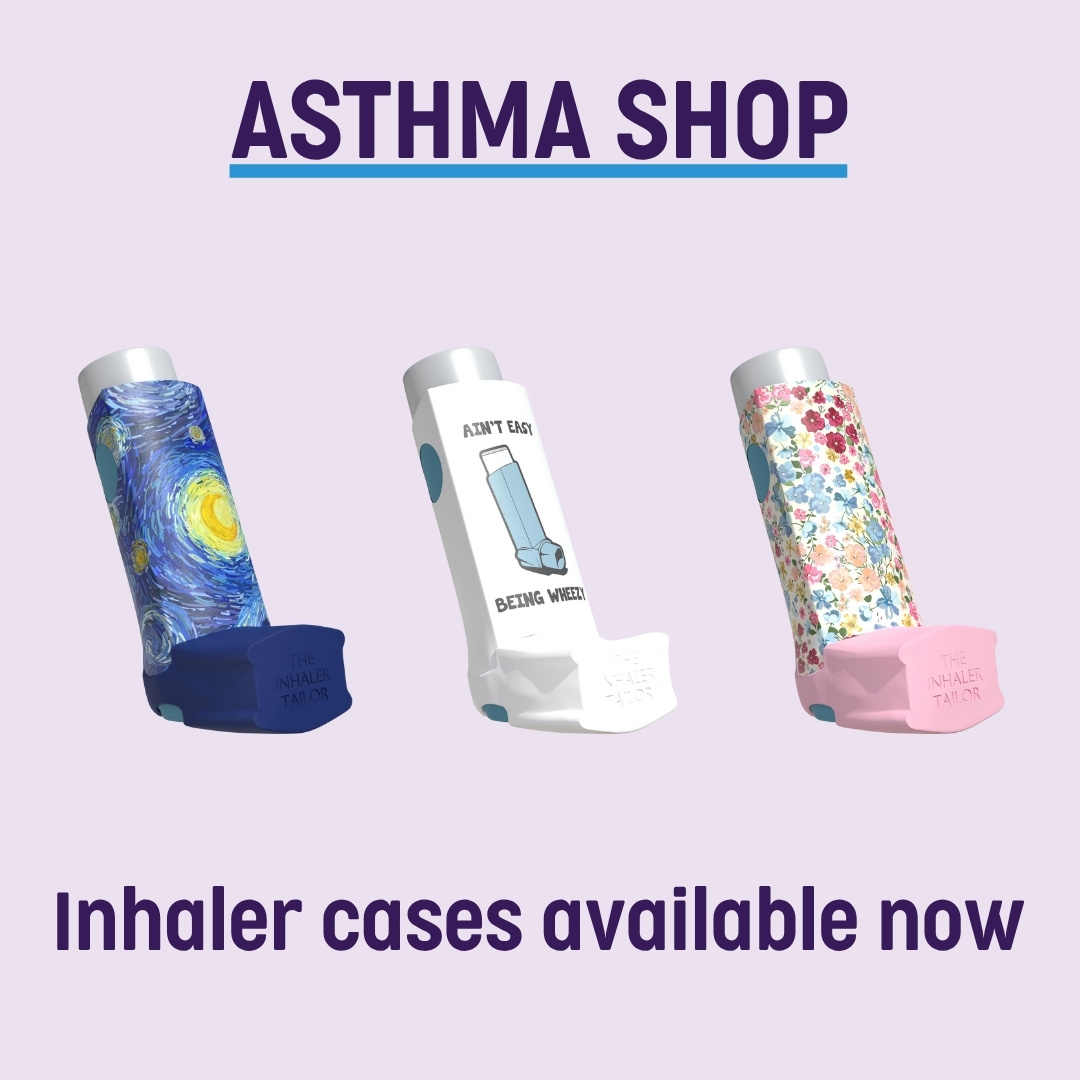The Australian Asthma Handbook sets out the best practice guidelines to diagnose and manage asthma.
There are several good reasons to understand the guidelines. These include:
- self-advocacy and informed decision-making
- improved communication with your healthcare provider
- better understanding of your treatment plan
- clarifying what you should expect from your healthcare team
Asthma is a long-term condition caused by inflammation, sensitivity and mucus production in your airways.
Asthma symptoms happen when something triggers the underlying sensitivity and causes the muscles around the airways to squeeze tight. The most common symptoms are cough, wheeze, chest tightness and shortness of breath. All people with asthma need a reliever to treat these symptoms when they occur. These are quick-acting medicines that help to relax the muscles that are squeezing tight around the outside of the airways.
However, the familiar blue coloured reliever puffers don’t treat the underlying problem. These relievers only treat the external symptoms, and not this underlying sensitivity or inflammation. The best medicine to reduce inflammation in the lungs is an inhaled corticosteroid.
Inhaled corticosteroids are found in
Inhaled corticosteroids are used in incredibly small doses and delivered right to the lungs. While the dose of corticosteroid is low, these are very effective at reducing asthma risk when they are used daily or as an anti-inflammatory reliever as-needed.
Read more…
Anti-inflammatory relievers are combination inhalers that contain both
- a quick-acting reliever, formoterol
-
- This reliever part opens up your airways to help you breathe more easily when you have asthma symptoms.
- a low dose of an anti-inflammatory corticosteroid.
-
- The anti-inflammatory part acts to reduce swelling and sensitivity in your lungs, and to reduce your body’s response to asthma triggers. By treating these key underlying elements of asthma in your lungs, it helps prevent asthma flare-ups.
Anti-inflammatory relievers can be prescribed to be used on an as-needed basis for adults and adolescents with mild asthma (sometimes called AIR-only therapy). They can also be prescribed as both your anti-inflammatory reliever and as your daily maintenance treatment (called maintenance and reliever therapy, or MART) if you have more frequent or severe symptoms.
Asthma Action Plans specifically for AIR and MART are available here.
Using a blue reliever inhaler as your only form of asthma management is now considered too risky for adults and adolescents, even those who rate their asthma as ‘mild’.
There are many benefits to adding a preventer or inhaled corticosteroid component to your asthma routine.
Inhaled corticosteroid-containing medicines are effective at
- reducing asthma symptoms
- improving quality of life
- improving lung function
- decreasing airway sensitivity
- controlling airway inflammation
- reducing the frequency and severity of asthma flare-ups, and
- reducing the risk of death due to asthma.
If you currently only have a blue puffer for your asthma, talk to your doctor as soon as possible to find out what other treatment options you could benefit from.
These changes are based on a review of the latest guidelines from around the world which has the best available evidence at its foundation. This evidence points to a significant potential to reduce asthma attacks and cut asthma hospitalisations. Research has found that with an anti-inflammatory reliever, you could reduce your risk of having a serious asthma attack by more than half compared with using a blue inhaler alone.
Relievers only relieve the surface symptoms for a few hours and don’t treat the underlying cause of asthma symptoms. In addition, frequent or excessive use of blue reliever puffers is associated with an increased risk of asthma flare-ups, even in people also taking an asthma preventer:
- Use of three or more puffers of salbutamol (Airomir, Asmol, Ventolin, Zempreon) in a year is associated with a higher chance of having an asthma flare up.
- Use of twelve or more puffers of salbutamol (Airomir, Asmol, Ventolin, Zempreon) in a year is associated with a higher chance of dying from asthma.
This update was released on 16th September 2025, . We encourage people with asthma to be aware of what the changes may mean for you and make your health professional aware of them at your next appointment.
The Australian Asthma Handbook provides guidelines for all ages of people with asthma.
The change recommending anti-inflammatory relievers applies to adults and adolescents with asthma.
Anti-inflammatory relievers can be prescribed from age 12.
What about younger children
Anti-inflammatory relievers are not yet recommended for use in children under the age of 12. More studies are underway to prove their effectiveness in this age group
In the meantime, there are many preventer options available for children to reduce their risk of asthma flare-ups.
People who currently use a blue puffer alongside a separate preventer inhaler should continue to do so.
However, if you have asthma symptoms more than twice a week, or if you have had an asthma flare-up in the last 12 months, you should book an asthma review with your doctor to see if the new asthma guidelines are relevant to you.
While using a blue reliever puffer on its own is no longer a recommended option, they are still an important medicine in asthma care for thousands of people. Asthma Australia is confident that we will not see blue relievers (Airomir, Asmol, Bricanyl, Ventolin, Zempreon) disappear from pharmacy shelves. There is no need to ‘stock up’ or fear they will disappear or be discontinued.
Currently, anti-inflammatory relievers are a prescription medicine. Your doctor needs to write a prescription to access them at your local pharmacy.
For people using their anti-inflammatory reliever as part of a MART plan, you can ask your doctor to provide you with a 60-day prescription if your condition is stable. This will essentially get you two inhalers for the price of one





 1800 278 462
1800 278 462



